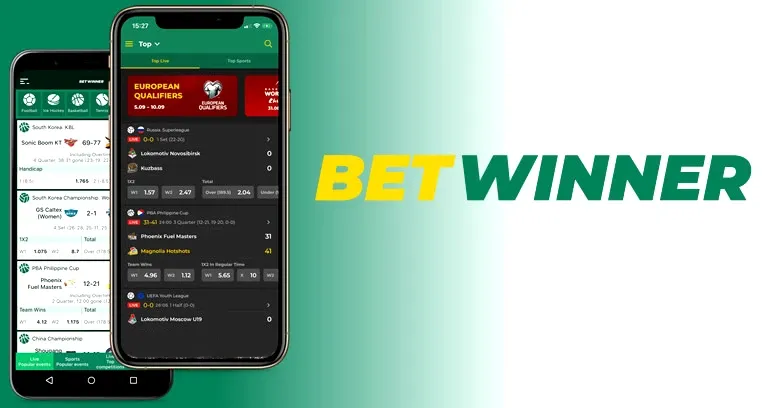-

Vous êtes passionné de sport et aimez le frisson des paris ? Vous n’êtes pas seul ! De plus en…
-

Avez-vous déjà rêvé de transformer une petite mise en un gain énorme ? Je pense que nous avons tous eu…
-

Vous êtes-vous déjà demandé comment le monde des paris en ligne pourrait changer votre façon de voir les choses ?…
-

Avez-vous déjà pensé à l’excitation qui accompagne un pari réussi ? Je me souviens d’une fois où j’ai parié sur…
-

Avez-vous déjà ressenti cette montée d’adrénaline lors d’un match de football ? Cette anticipation lorsque le sifflet final approche et…
-

Avez-vous déjà pensé à l’excitation que peut apporter le monde des paris sportifs en ligne ? Que diriez-vous de découvrir…
-

Avez-vous déjà pensé à la manière dont votre passion pour le sport pourrait vous rapporter de l’argent ? Imaginez-vous en…
-

Avez-vous déjà ressenti cette montée d’adrénaline lorsque vous pariez sur le résultat d’un match ? Cette excitation, je peux vous…
-

Avez-vous déjà rêvé de gagner à la loterie et de voir tous vos désirs se réaliser? Imaginez un instant que…
-

Avez-vous déjà pensé à la manière dont le pari peut transformer votre vie ? Je dois avouer que, pour moi,…